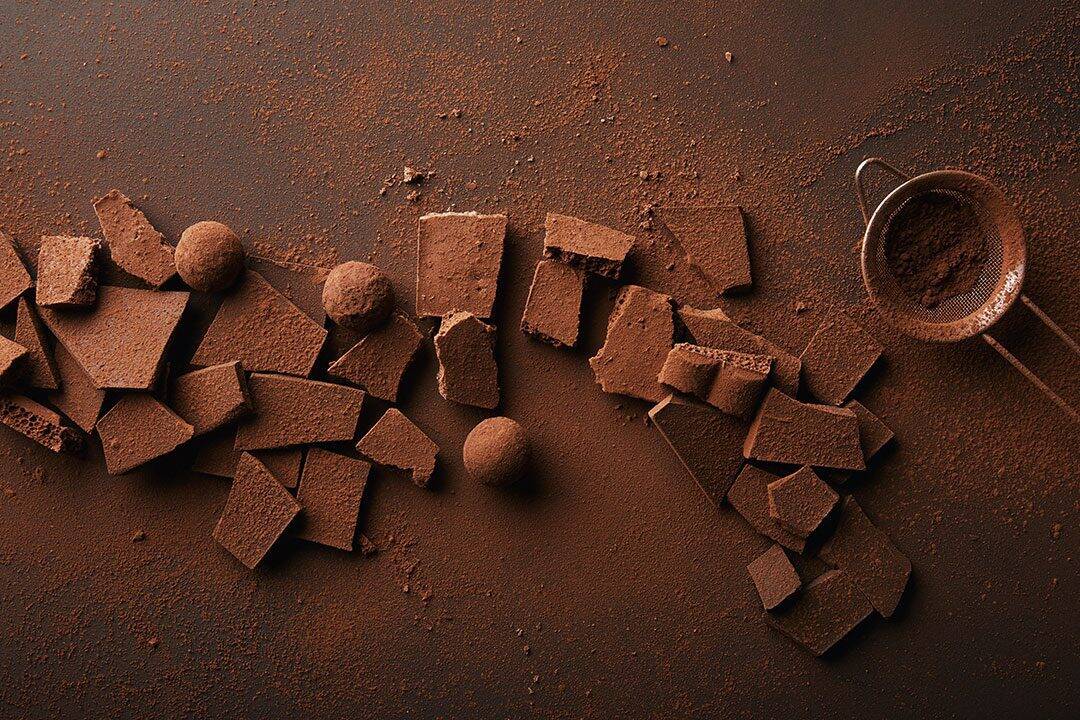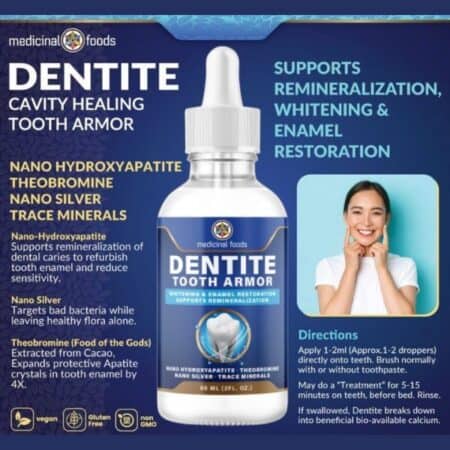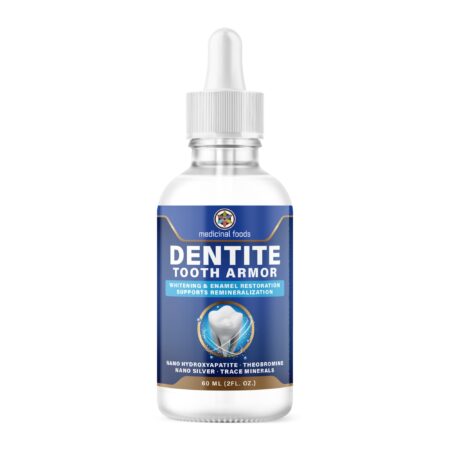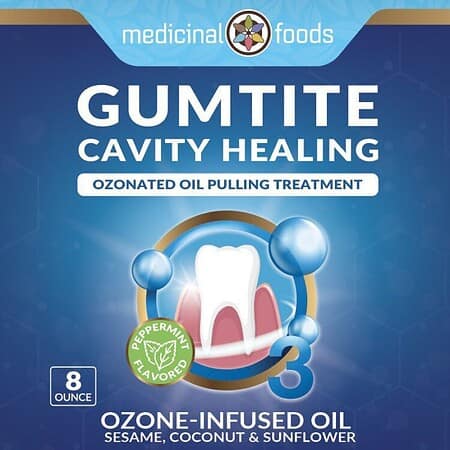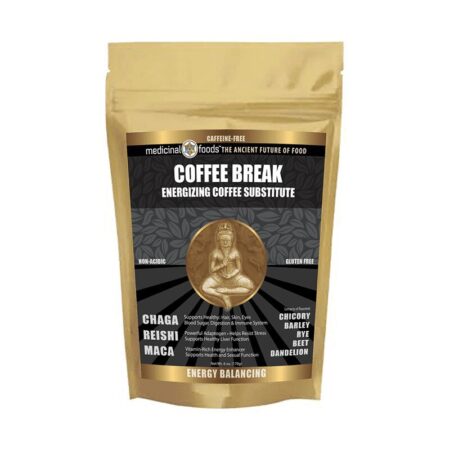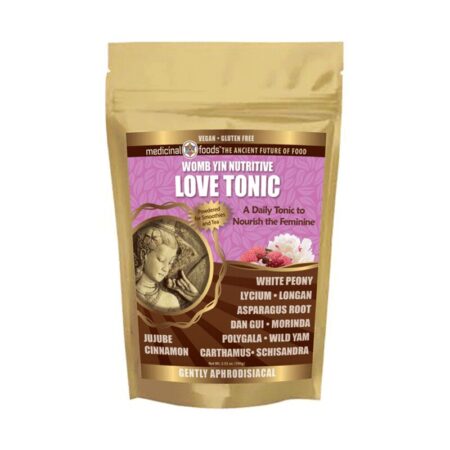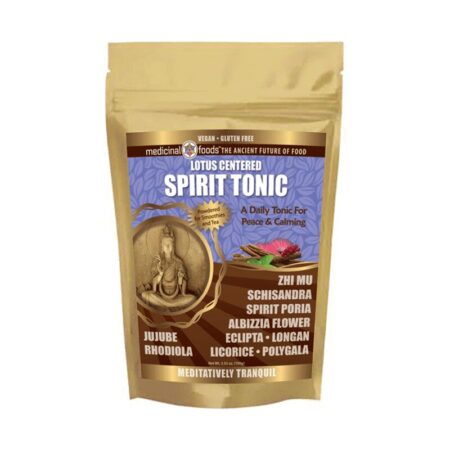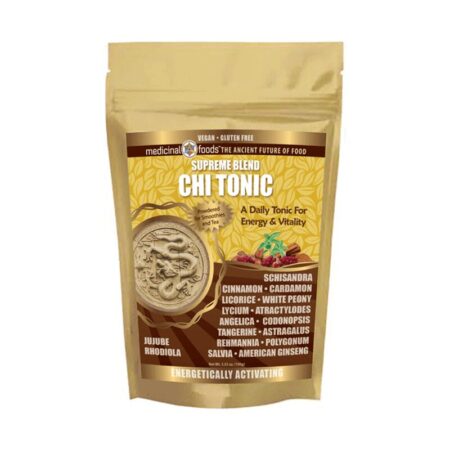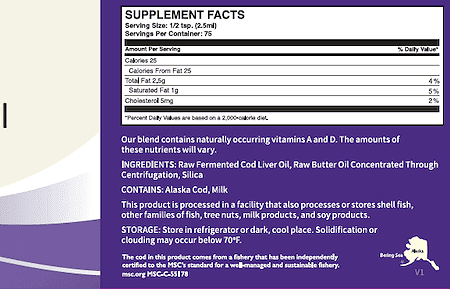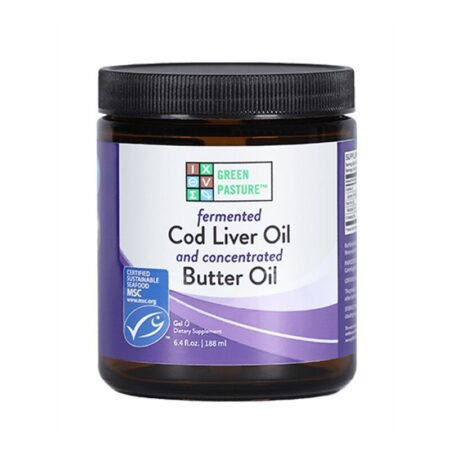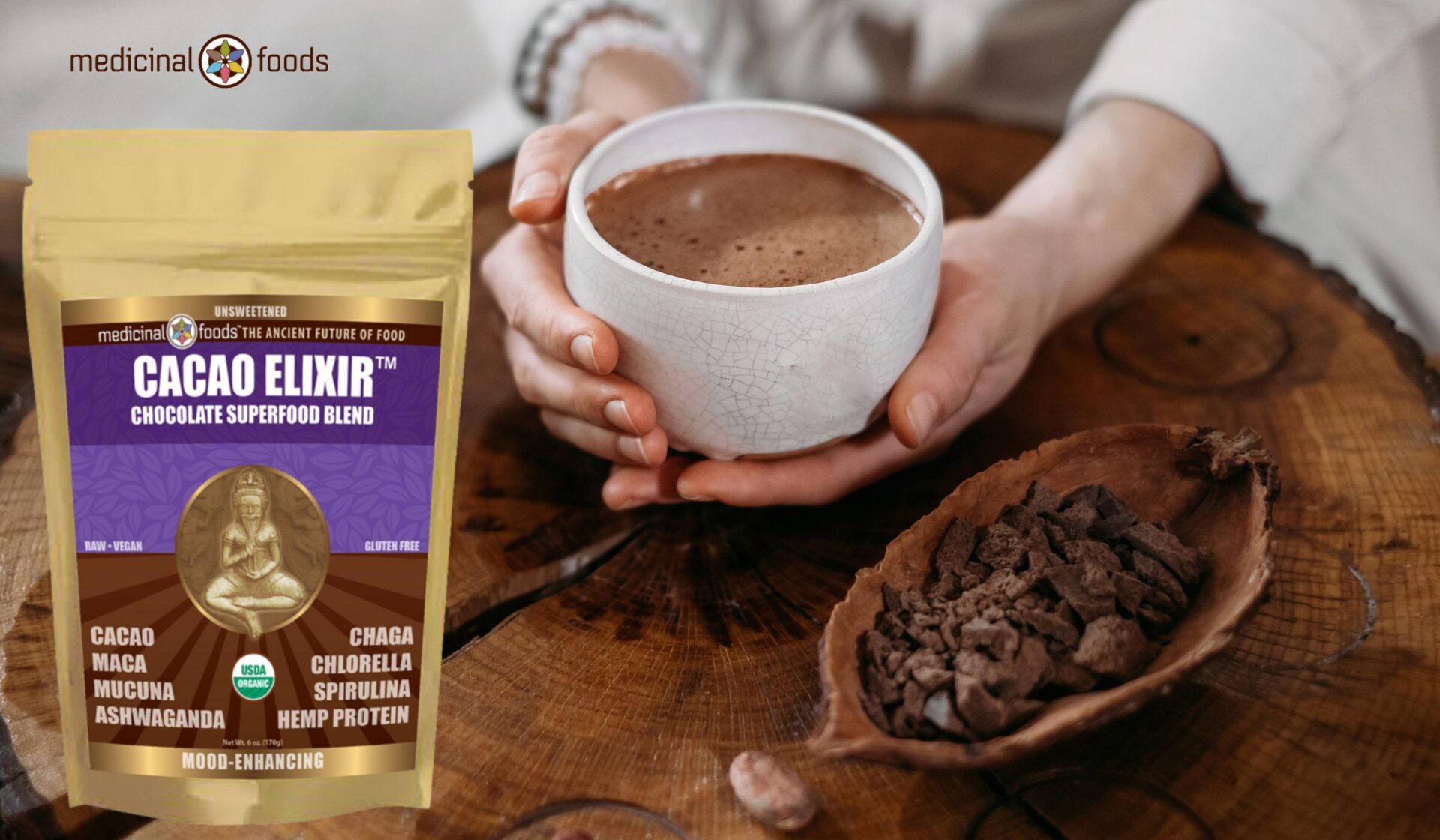Dark chocolate is a growing percentage of production each year. The world purchases around $130 billion dollars worth of this rich, decadent food.
Its consumption is a huge industry and it goes without saying not all variations are made the same.
We built our business being connoisseur and crafters of some of the finest cacao products.
Consuming too much of this delectable treat can have serious health consequences if proper precaution is not taken for the sugar content and the details of how the bars are being produced.
A classic bar is made up of four basic ingredients: cacao, milk, butter and sugar. The “darker” it is the less milk and sugar being added to the recipe.
Before we continue, we need to make a critical distinction between cacao and cocoa:
Cacao is a tree with fruit whose seeds are dried and ground into nibs or a powder. Cocoa is roasted cacao seeds which are then ground into a powder and added to recipes.
Cocoa is a refined version of cacao, but the difference between the two are considerable health effects.
Raw cacao has numerous health-boosting attributes, but roasting the cacao seeds can drastically lower the nutritional value, or remove it entirely.
For example, raw cacao has (on average) 126% more iron content, 149% more magnesium, and 136% more potassium than cocoa.
So when researching the general benefits of eating this wonderful food we need to keep in mind the ingredients of each brand and if they are using raw cacao or its roasted version, cocoa.
Dark Chocolate brands
99% of all cacao is roasted into cocoa and unfortunately the largest companies will use their brands to sell this refined and less healthy ingredient instead of pure cacao.
Even the premiere companies that sell high quality — Lindt, Endangered Species, Green & Black’s — have bars with 70 – 90% cocoa.
Unless they specifically mention raw cacao, and a specific percentage of it, then don’t expect many health benefits.
Most of the household-name brands — Nestle products, Hershey’s, Mars — use cocoa powder in their recipes.
Since the two words are so similar, many people get them confused and treat them as interchangeable. Some health websites don’t even seem to notice the difference (and interchanging the words mid-paragraph) and mistakenly attribute the health benefits of raw cacao to cocoa.
To get the highest level of health benefits, it all depends on the volume of cacao content in the bar. The higher the percentage of cacao, the better. No cacao? Well, then what you’re probably eating can be safely called “candy”.
But it must be emphasized that the non-refined, pure ingredient that is the root of it all — cacao — is far superior health-wise.
What is dark chocolate good for?
So with the basic discrimination between cocoa and cacao-based products out of the way, what is it good for?
Some health experts claim that 100% cacao is one of the healthiest foods in the world because of their high antioxidant content and the presence of flavonoids.
Antioxidants are molecules that travel throughout our body and attach to free radicals and neutralize them. Free radicals are destructive organisms that come from toxic substances we ingest from food or from our environments, such as inhaling toxic fumes or pollution.
When free radicals roam our body unchecked they build can build up and lead to far more serious diseases, one of the principle ones being heart disease.
Studies have been done to show the drastic difference between eating 100% cacao, with a glass of milk, and milk added varieties. When tested, those who ate the 100% cacao portions showed much higher levels of antioxidants in their bloodstream.
Bars with over 70% cacao and 100% raw cacao have shown other health benefits, including:
-
Lowered blood pressure
-
Reduced risk of blood clotting
-
Improved circulation
-
Higher cognitive performance, particularly amongst the elderly.
Cacao also contains tryptophan, which is an amino acid that the body uses to produce serotonin, which is a neurotransmitter than brings the feeling of calm and contentment.
Dark chocolate recipes
These recipes usually contain at least 50% cocoa or cacao in the bars. It is easy to tell the difference because it is literally darker than a standard bar, the white bars, or a bar with added milk.
Any bars that have low percentages of cocoa tack on enormous servings of sugar, preservatives and flavorings because they sell better and can be very addictive.
If you look through the many options of bars in the checkout line at the grocery store you may notice that the most abundant ingredient in the entire bar is sugar.
So when people call themselves chocohaulics, that actually may be the sugar talking.
Fortunately, many healthier brands have appeared in recent years to offer products that contain the powerful health benefits of cacao instead of refined cocoa.
It is even possible to buy 100% raw cacao with no additives, although the taste is very earthy and bitter without any sugar, which can turn some people off as being too bland.
Dark chocolate ingredients
The list of ingredients seems to grow by the year. People seeking the huge health benefits of raw cacao which have a much greater variety to choose from than even a couple years ago.
But enjoying it in general can really be taken overboard, as there are thousands and thousands of recipes that call for either cocoa or cacao, buttered forms of both, a mountain of sugar, and other high-caloric ingredients.
The classic addition to any bar is nuts, and it is hard to go wrong with any variety of them. Adding raw, non-roasted macadamia nuts can considerably boost the antioxidant content when eaten together with raw cacao.
Some brands have added higher levels of salt to their ingredient lists, which complements the sugary taste while lowering the amount of sugar needed in the recipe.
It is now also common to find traces of fruit in this delicacy, such as berries and dried orange pieces to substitute for extra sugar.
When searching online there are many articles about the health benefits, and I can’t help but imagine there is a high level of wishful thinking going on.
The claims that it is healthy without discriminating the types may be masking an unhealthy habit of overeating highly caloric, sugar-packed versions, instead of the powerful root ingredient, cacao.
It is practically universally loved, but it is important to identify what the core ingredients are in each product and to learn to differentiate as a consumer.
When people say “Eating dark chocolate is healthy” it needs to be clarified that eating 70 – 90% cacao bars are healthy, and that a big difference exists between refined and unrefined cacao.
Healthy kinds are high in minerals like iron, magnesium, and zinc.
They are rich and made up of cocoa solids, sugar, and cocoa butter (but not milk).
The percentage of cocoa used in the finished product impacts its flavor and bitterness.
The cocoa in it also contains antioxidants called flavonoids, which may help protect against various diseases.
Milk chocolate is produced from cocoa butter, sugar, milk, and small amounts of cacao.
In contrast, it has greater cacao and less sugar than the other mix.
However, this article continues to explore its health benefits and covers the nutritional profile and healthy percentage.
The nutritional profile
The precise nutritional profile will differ from brand to brand, depending on the varying amounts of cocoa butter and sugar.
Let’s consider 70% and 80% of it as an example:
A 20g serving of 70% of it contains:
- 8g fat
- 5g saturated fat
- 6g sugar
- 2g fiber
- 2g protein
A 20g serving of 85% of it contains:
- 10g fat
- 6g saturated fat
- 3g sugar
- 2.5g fiber
- 2.5g protein
Unless you’re buying one with added sea salt, it has minimal salt.
It has several positive health effects since high in iron, magnesium, copper, and manganese.
Iron is required to form red blood cells, which transport oxygen throughout the body, while copper promotes the release of iron to make hemoglobin.
This substance transports oxygen around the body.
Magnesium is also essential for the proper functioning of our parathyroid glands, which produce hormones essential to bone health.
Manganese is a mineral that aids in forming and activating enzymes in the body, including those that break down food.
Is it healthy?
Yes, it may be considered a healthy and nutritious snack since it has many health benefits.
Only when consumed in moderation, of course!
It’s essential to choose the one with a high proportion of cocoa in it.
The greater the cocoa content, the more health advantages you’ll receive.
According to a nutritionist, it is healthy only if you choose the proper kind and avoid overeating: standard serving size for it is 30 grams, which is around 1 ounce.
This portion has about 170 calories, 2 grams of protein, 12 grams of carbohydrates, and 13 grams of fat.
This varies by brand. However, the following are the potential health benefits:
Heart disease risk
It has been found to have various health benefits, some of which have been proved in separate studies that, if combined, these advantages may help prevent cardiovascular disease.
It is beneficial in preventing heart disease. Flavonols in it, for example, have been found to lower blood pressure and cholesterol.
It can improve eyesight
It has been shown in the study published in the journal Physiology & Behavior that it can enhance your eyesight.
The researchers discovered that people who ate it with 720 mg of cocoa flavanols had enhanced visual performance, including the ability to detect motion and read low-contrast letters, which is likely due to the greater blood flow to their retina and brain.
Also, according to research presented at the 2014 American Chemical Society meeting, after you’ve consumed it, "healthy" bacteria in your gut break it down into anti-inflammatory chemicals that are beneficial to your heart.
The antioxidants and fiber found in cocoa powder aren’t completely absorbed until they reach the intestine.
They are absorbed into the body, lowering inflammation within cardiovascular tissue and lowering the long-term risk of stroke.
It can protect your skin
Aside from sun protection, you may wish to consume it every day to safeguard your skin against harmful UV radiation, according to a study published in the Journal of Cosmetic Dermatology.
However, not just any brand will do—it must be produced with high flavanol levels preserved.
It lowers blood pressure
According to survey research published in the Journal of the American Medical Association, eating a bite of it every day can boost blood flow and reduce blood pressure levels if you have slightly high blood pressure.
The consumption of cocoa polyphenols reduced the incidence of hypertension from 86% to 68% in participants (44 total) aged 56 through 73 who consumed 6 grams of it (30 mg of polyphenols) per day for 18 weeks.
Another research looked into its consumption in 60 individuals with type 2 Diabetes and high blood pressure.
The researchers discovered that people who ate 25 grams (g) of it daily for 8 weeks had significantly reduced blood pressure compared with those who ate the same amount of white choc.
The beneficial effects of it on blood pressure were found to be more significant in older people and those with a higher risk of cardiovascular disease, according to 2017 research.
It raises good cholesterol (HDL)
It also contains chemicals called polyphenols and theobromine, which can lower low-density lipoprotein (LDL) cholesterol levels in the body and increase high-density lipoprotein (HDL) cholesterol.
However, LDL cholesterol is commonly referred to as "bad cholesterol" and HDL cholesterol as "good cholesterol."
Eating it for 15 days in a row was found to improve HDL cholesterol levels in individuals with HIV in a 2017 research.
However, in the participants of this same research, consumption of it did not affect LDL cholesterol levels.
Insulin resistance
Insulin resistance happens when the body’s cells fail to react to insulin.
Insulin resistance can cause blood glucose levels to be excessively high, leading to pre-Diabetes and type 2 Diabetes.
However, 6-month research from 2018 looked at the relationship between regular consumption of it and blood sugar levels in Hispanic persons.
The data from the study suggest that eating 30g of 70% each day might help reduce fasting glucose levels and improve insulin sensitivity.
Brain function
Eating it has been shown to improve brain function and help prevent neurodegenerative diseases like Alzheimer’s disease and Parkinson’s disease.
According to a study, flavonols may improve neuroplasticity, which is the brain’s capacity to recognize itself after damage or illness.
A 2016 research found that regular consumption is linked to improved cognitive performance.
What percentage of cacao is healthy?
According to Harvard T.H. Chan School of Public Health, if you want to benefit from its flavonols, choose 70% cocoa or more.
As the percentage of cacao increases, it loses sweetness and gains bitterness.
You’ll be consuming more flavanols as a result.
How much is considered healthy or balanced to eat?
It may be included in a healthy diet, but it will vary from person to person.
"Some people may be able to consume 170 calories and 12 grams of fat per ounce daily, while others may need to eat half or even a third of this amount," according to Solid.
Treats like anything else, and it must be consumed in moderation.
Conclusion
The flavanol content does not have to be disclosed by the manufacturers.
As a result, determining how much it is necessary to consume to optimize its health advantages is quite difficult.
The amount of chocolate eaten per day varies considerably depending on the study, but most experts recommend consuming 20–30 grams.
Higher percentages of cacao solids in it generally have less sugar but more fat.
Cacao contains a lot of flavanols, so it’s best to purchase healthy dark chocolate with at least 70 percent cacao solids.


